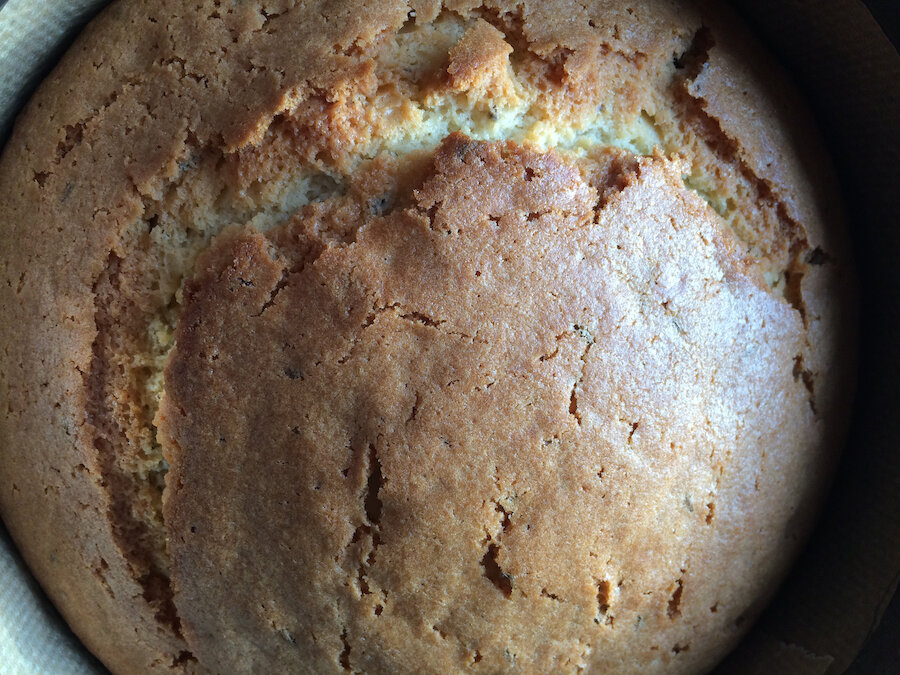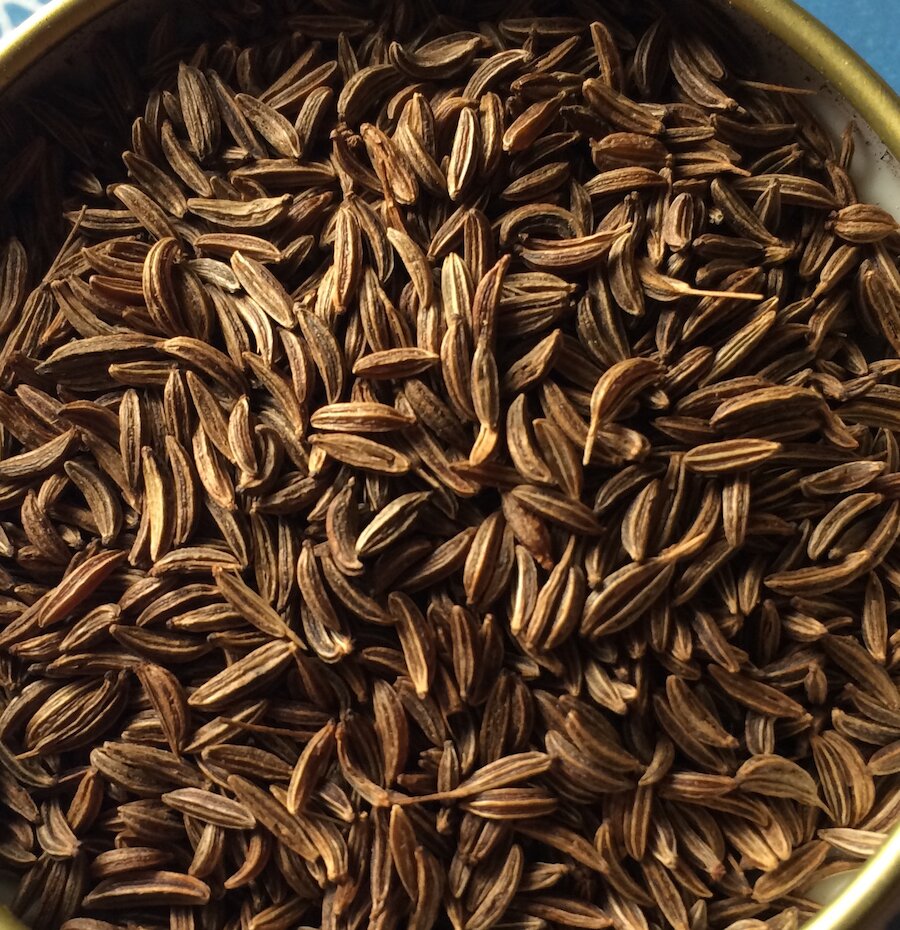If, like me, you're running late in organising something special for Easter, here’s a recipe for an easy cake you can make as a Sunday treat. Once a staple product for all the isles’ bakers and a common feature on tea tables across the isles, Seed Cake is a delicious addition to seasonal celebrations. Although not strictly speaking a Shetland recipe, traditional caraway seed cake was certainly more widely available here, till a much later date, than in many other parts of the country.
Indeed, though we may now think of caraway as an exotic spice it is in fact a plant that can and does grow wild in Shetland. Commonly called caraway seeds, or carvi seeds in dialect, they are actually the dried fruits of the Caraway plant (Carum carvi), a member of the carrot family. There are places where you will still see this plant growing around the entrances of rural Kirks. Notable numbers of churchgoers would chew on them to aid their digestion of the week’s sermon and then empty any loose seeds from their pockets as they left church. Although the modern fervour for strimming and verge clearing has done much to eradicate them.


